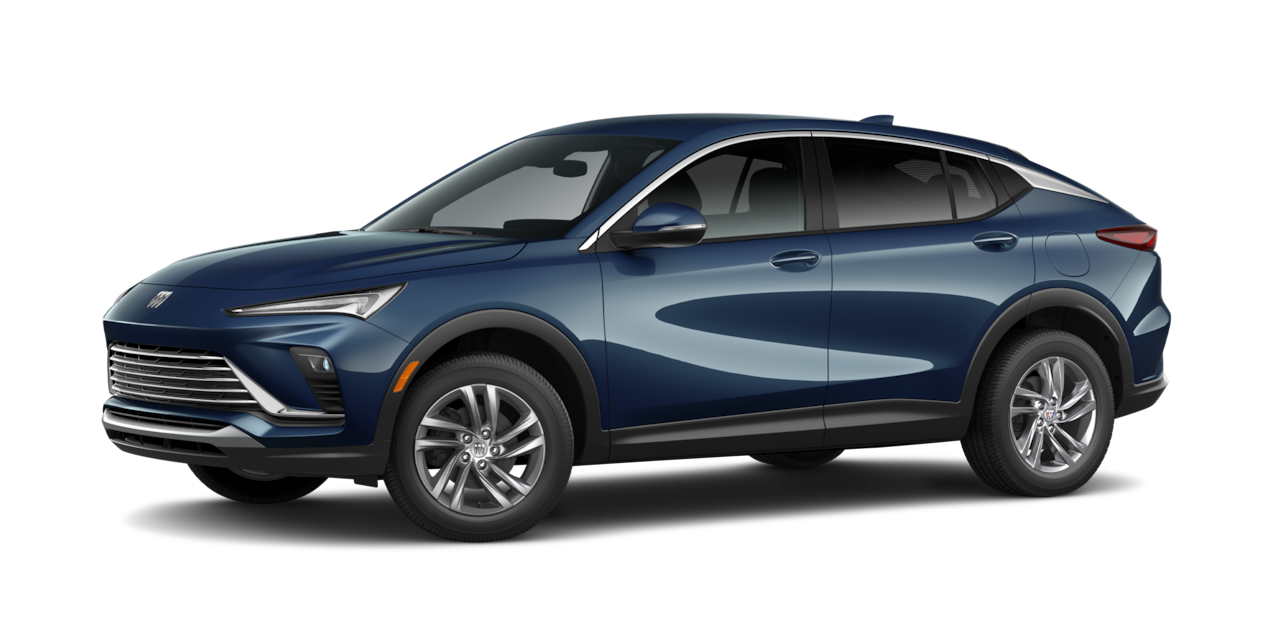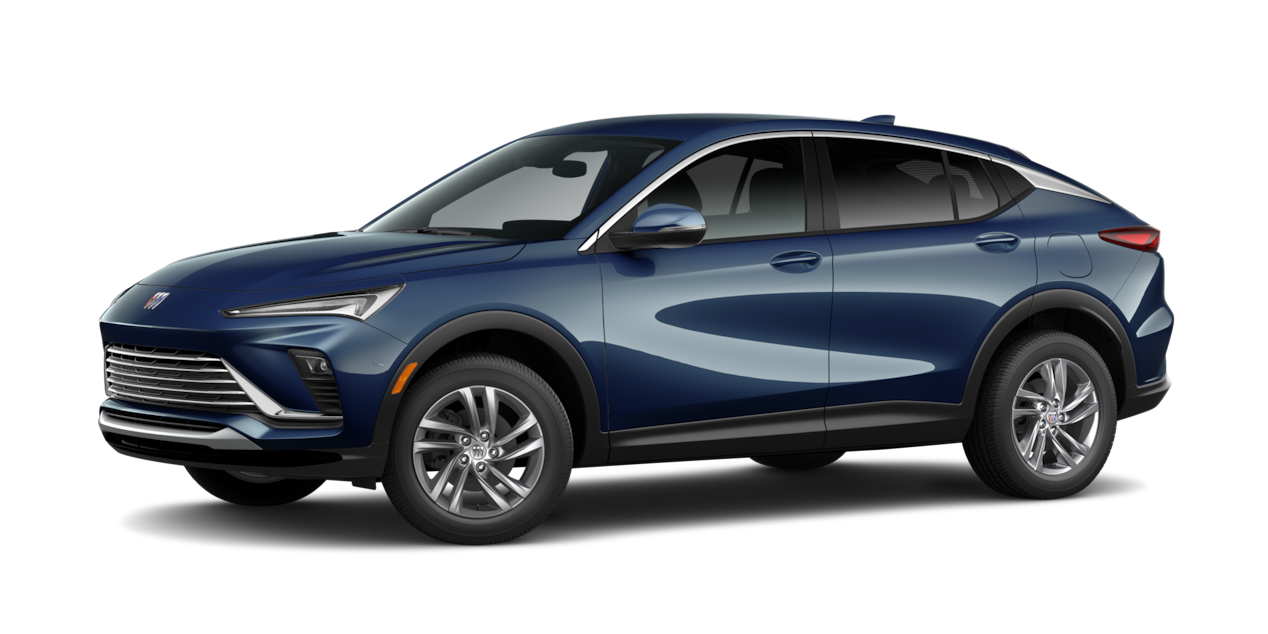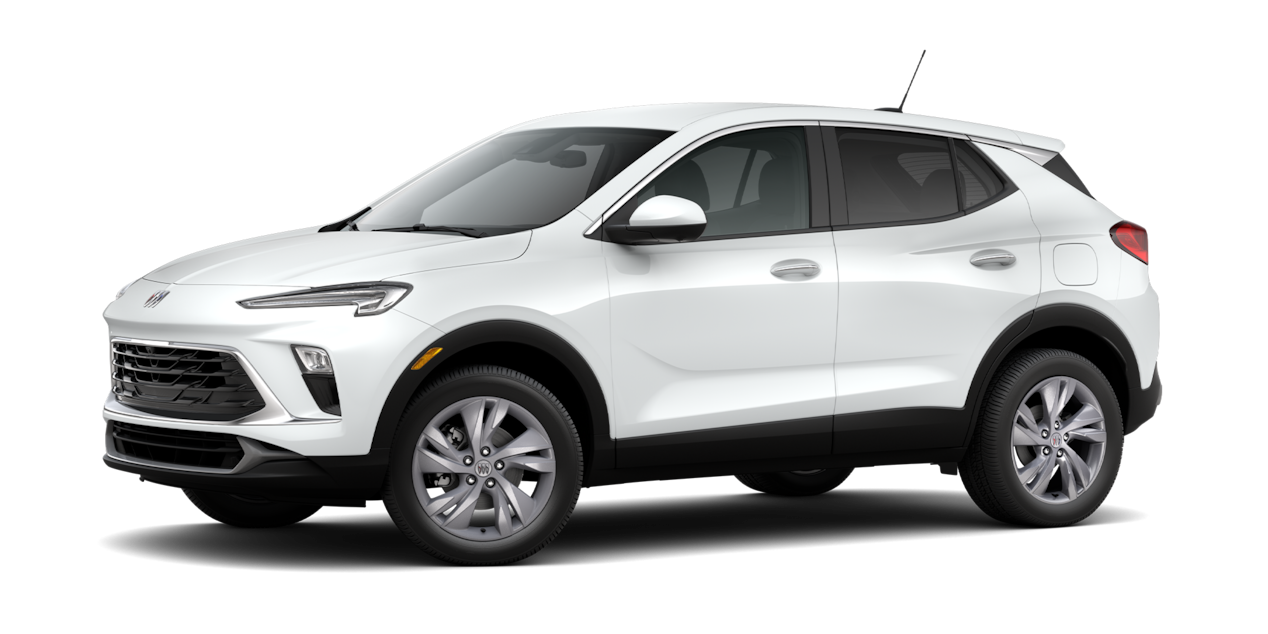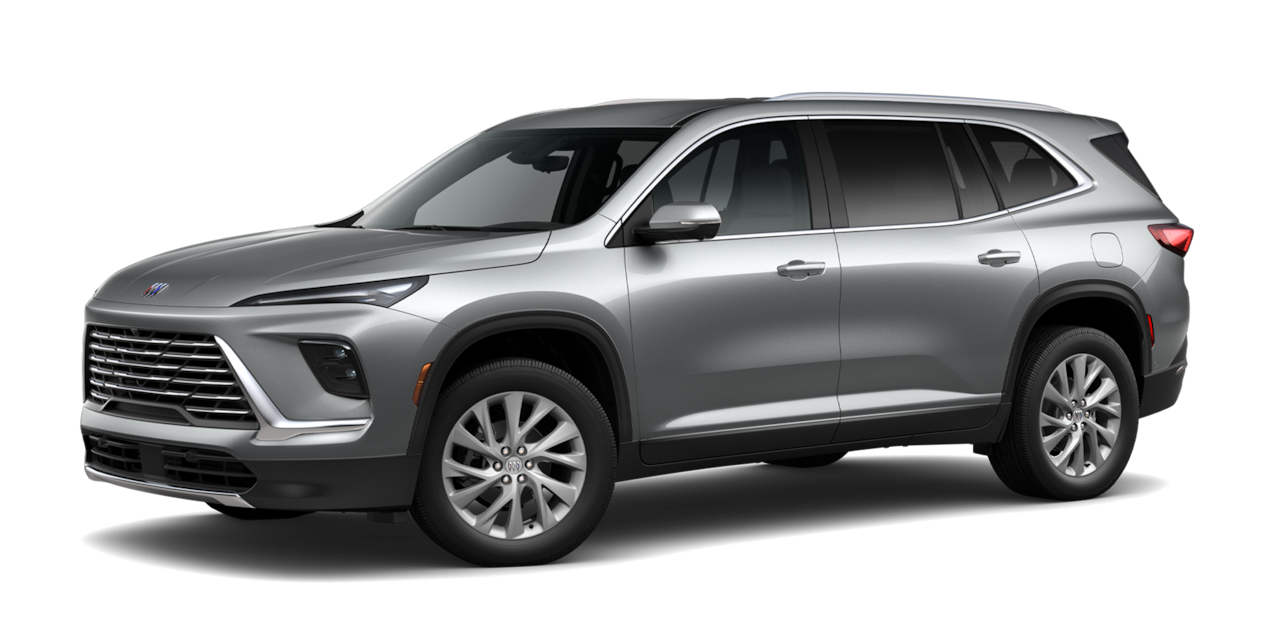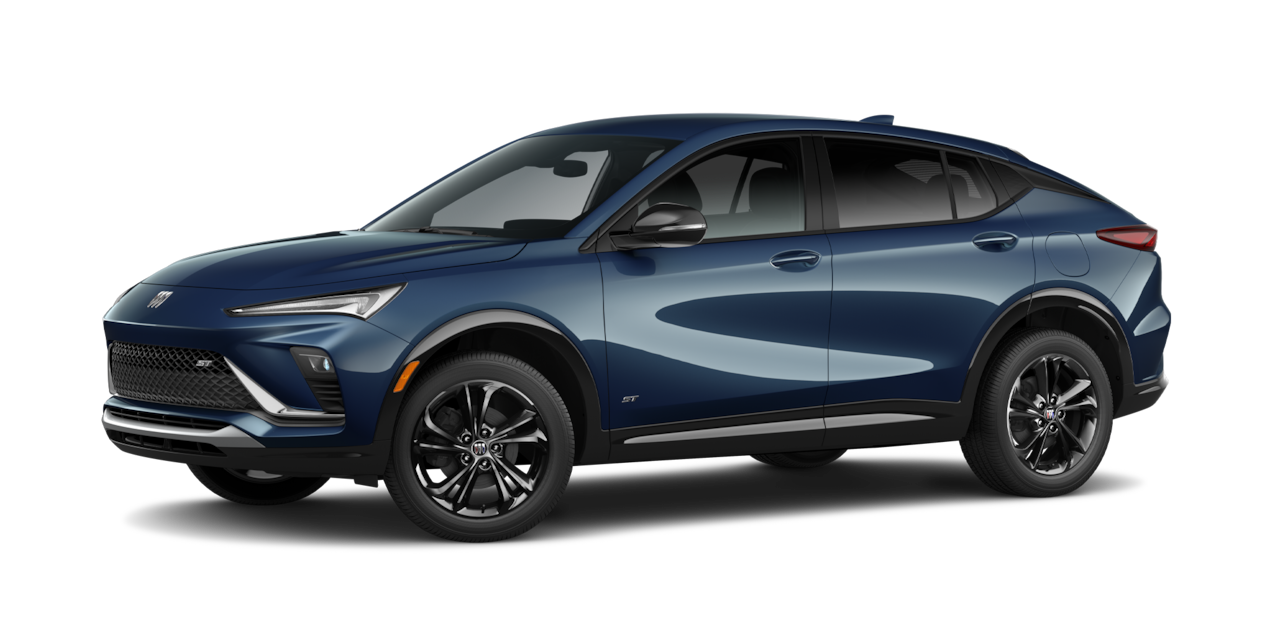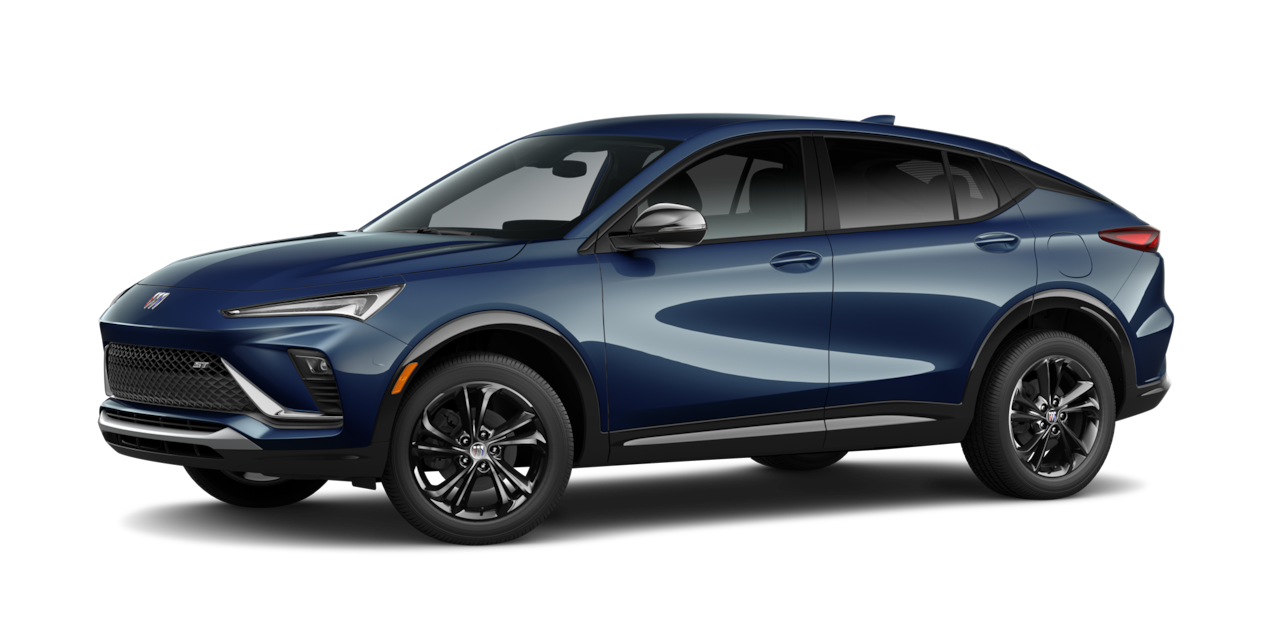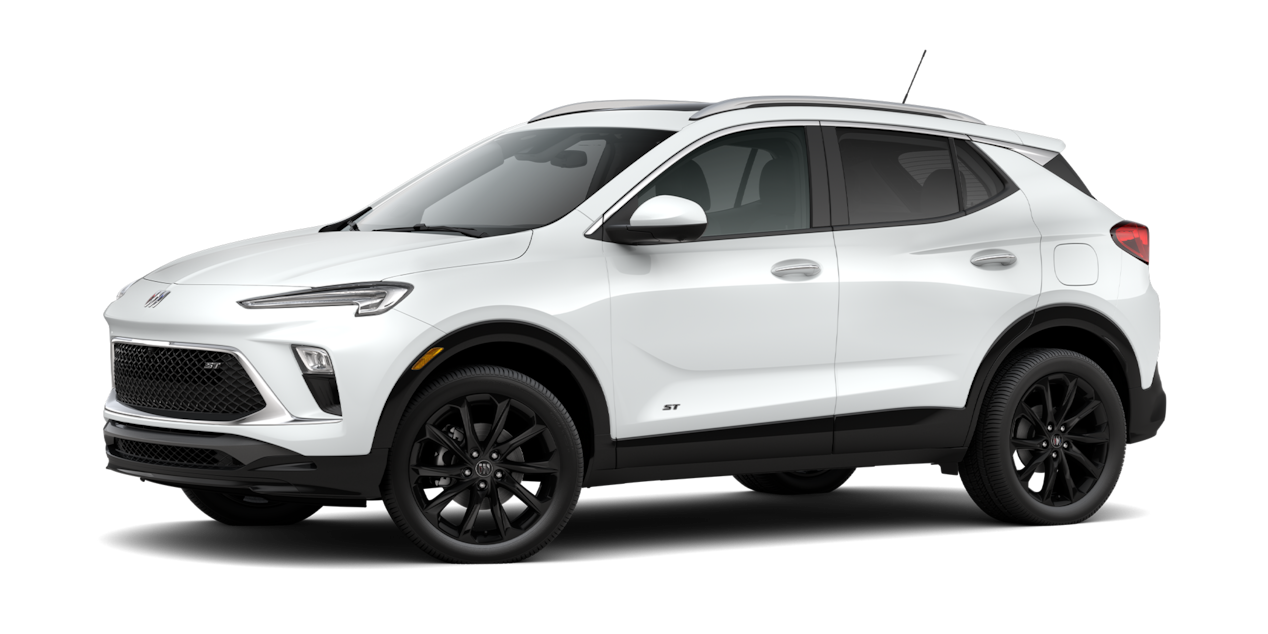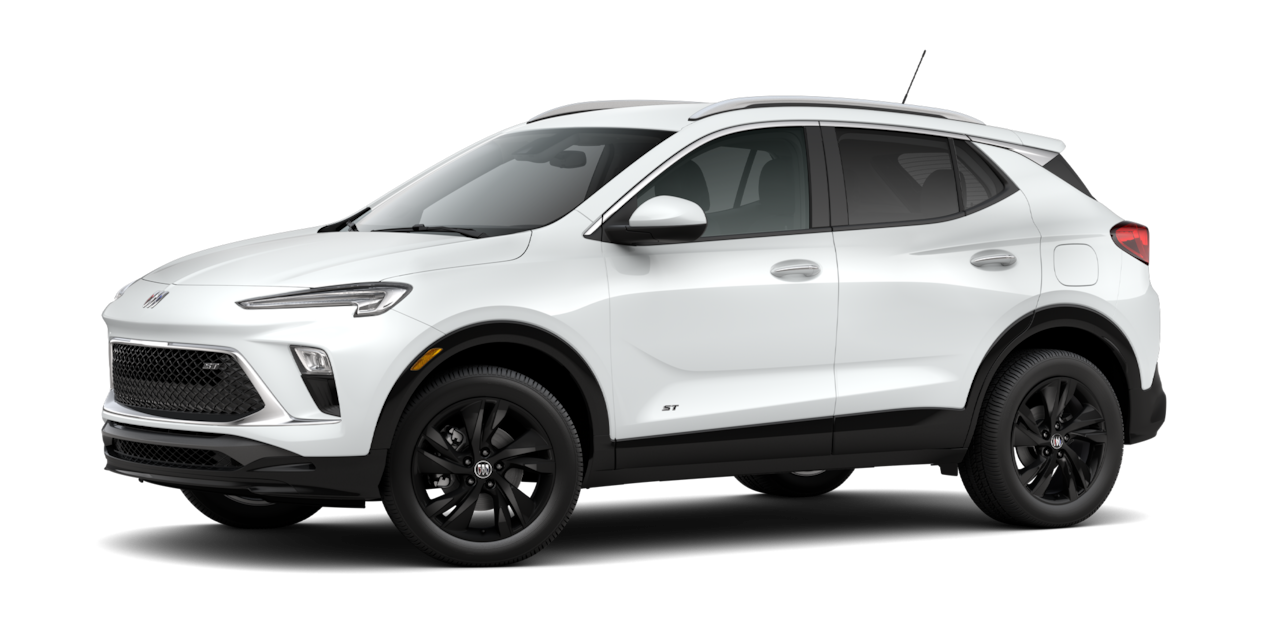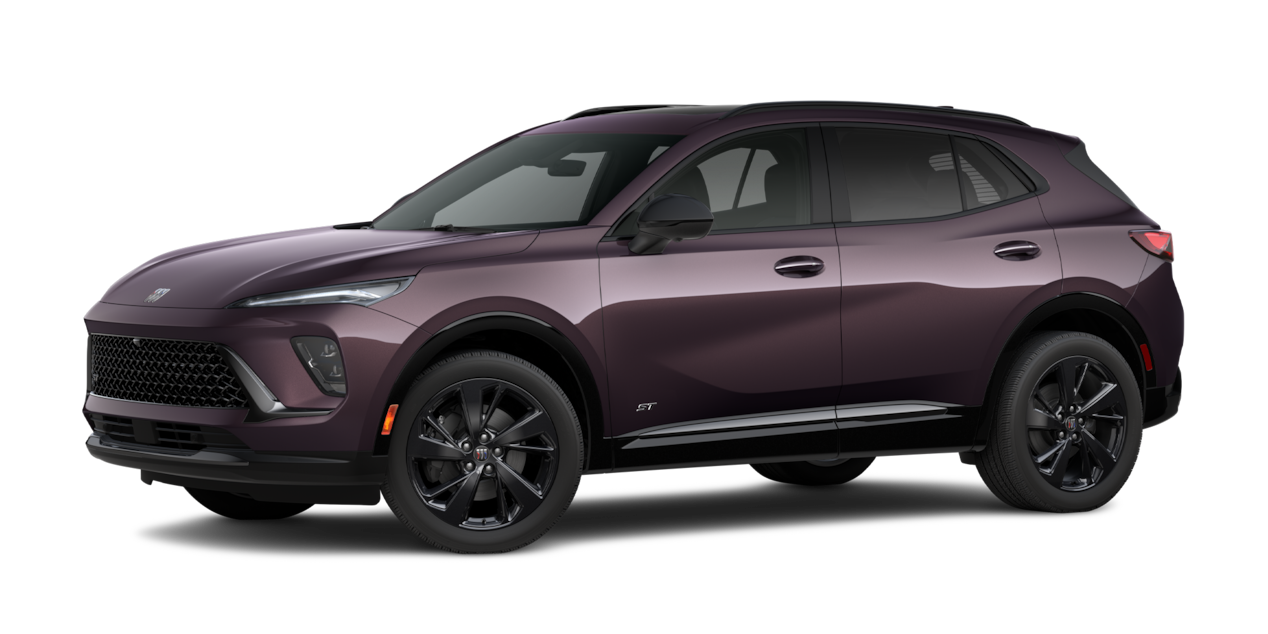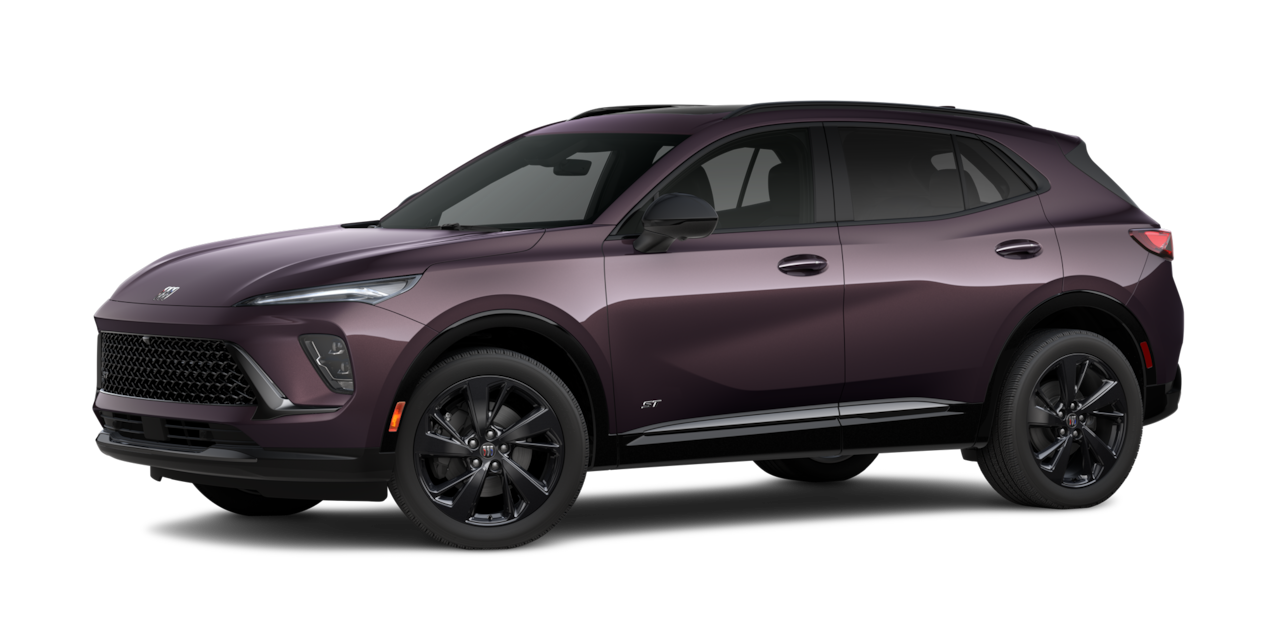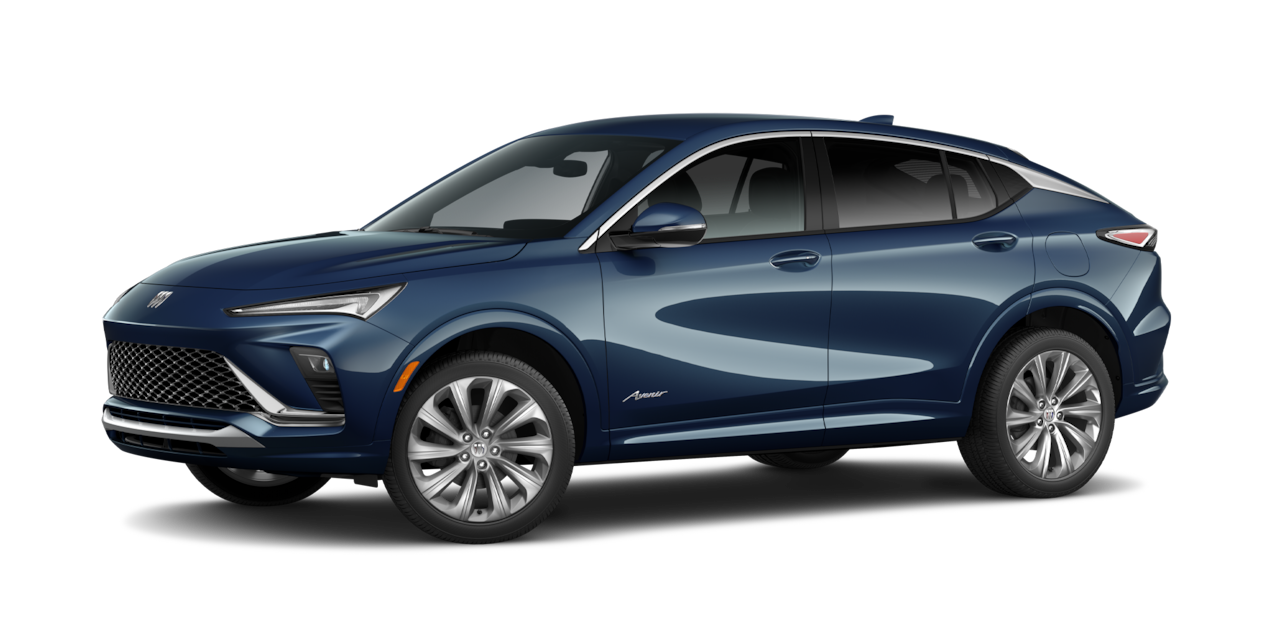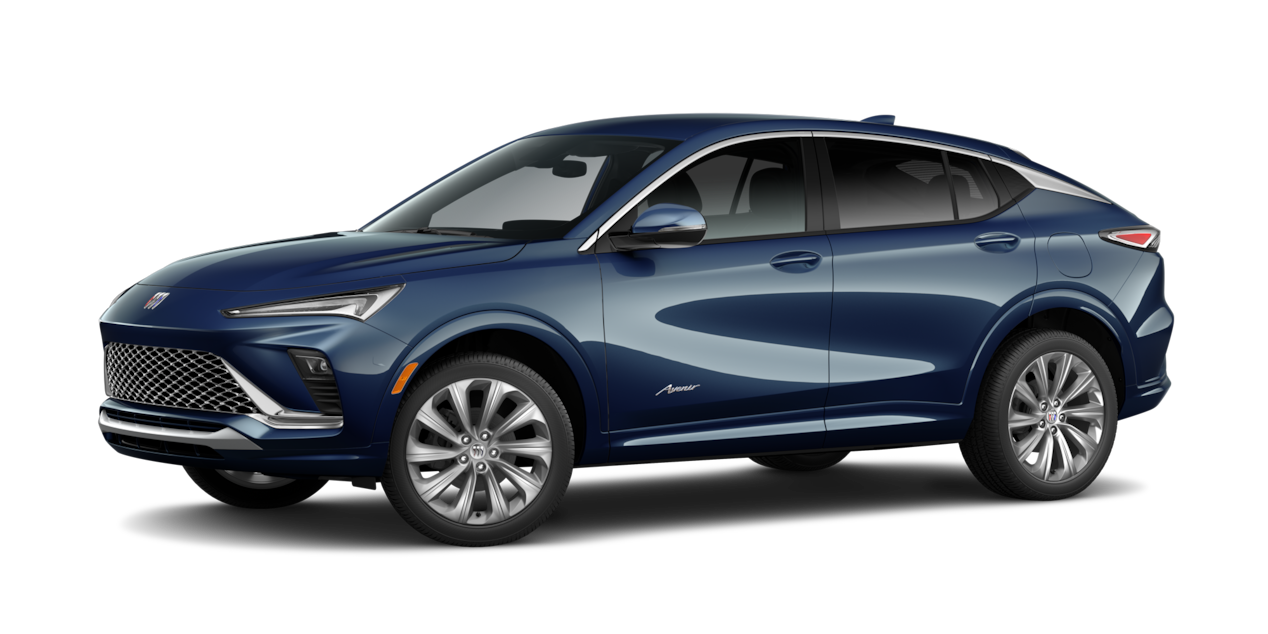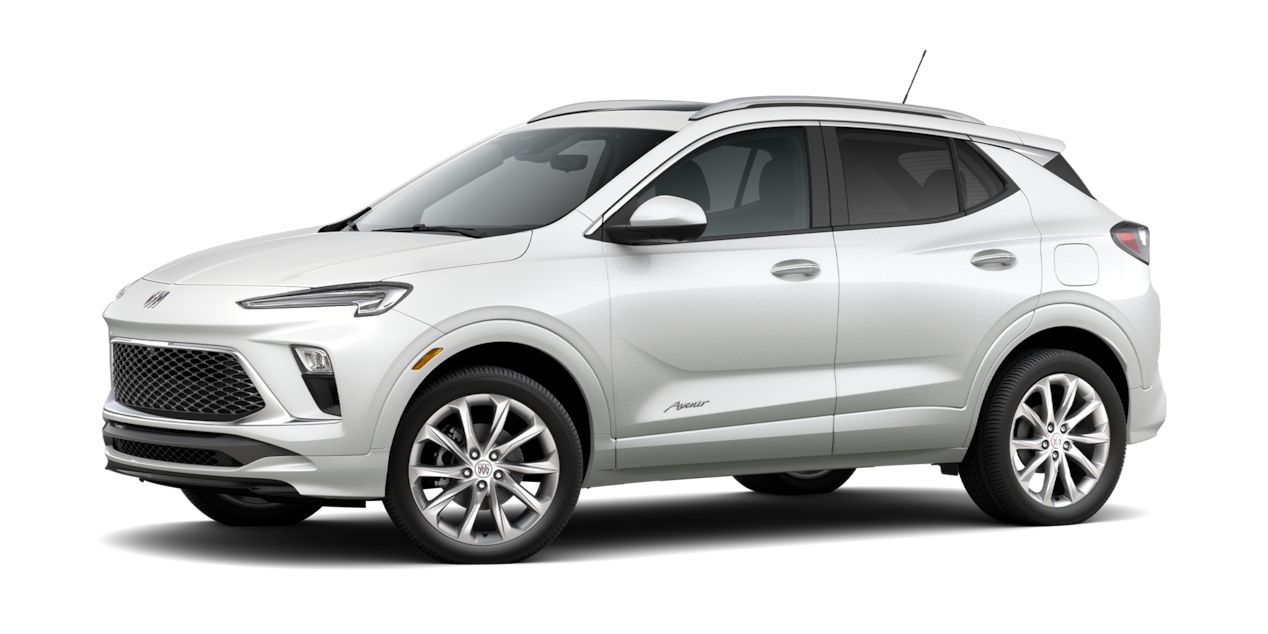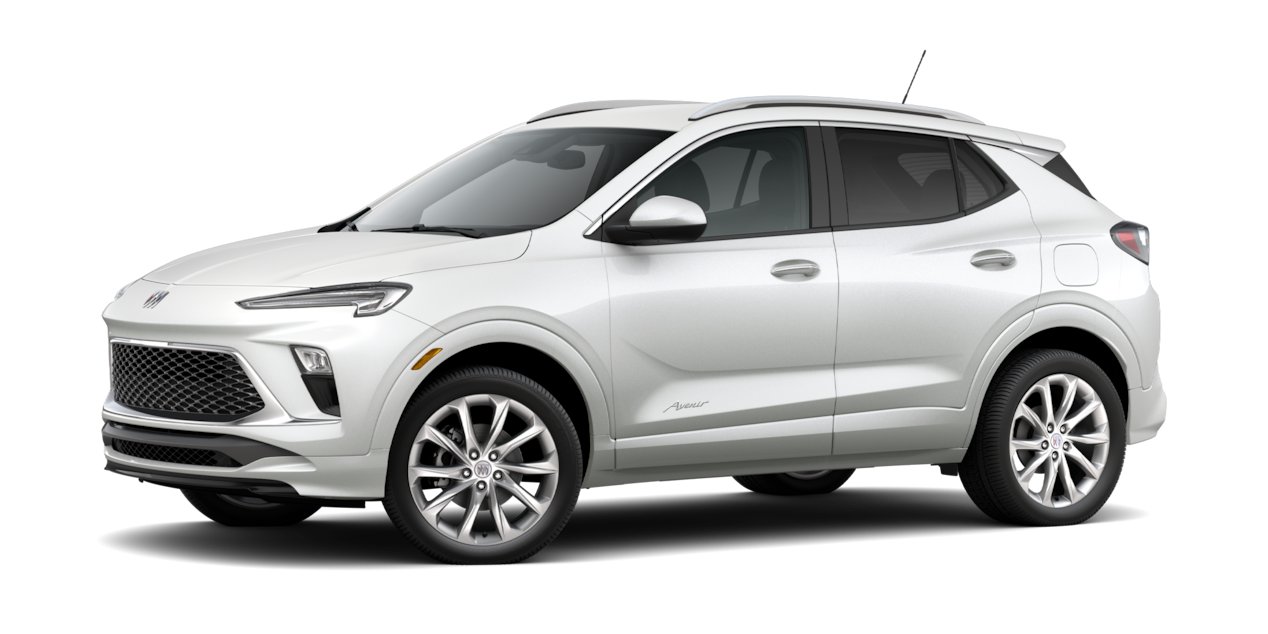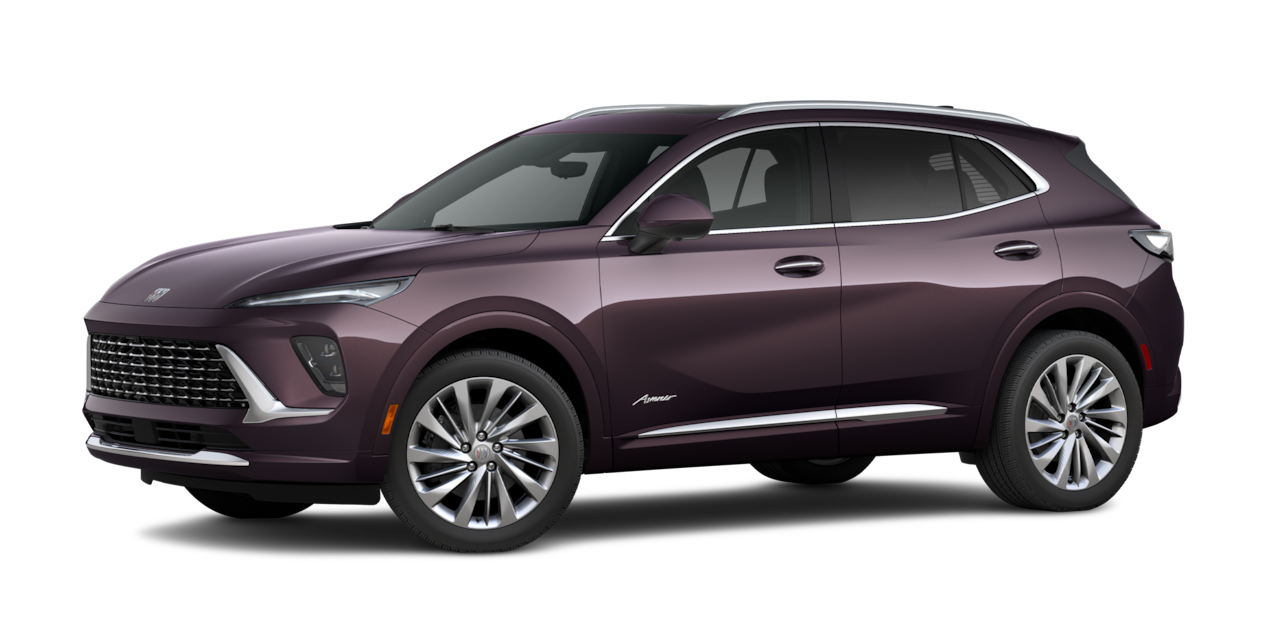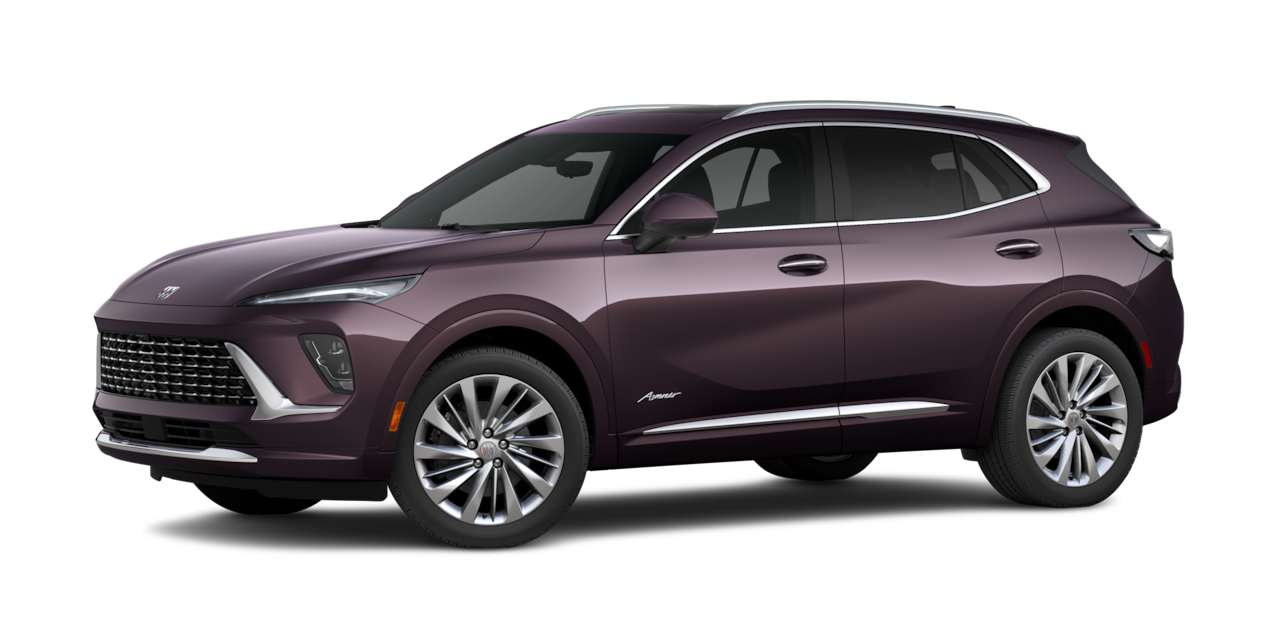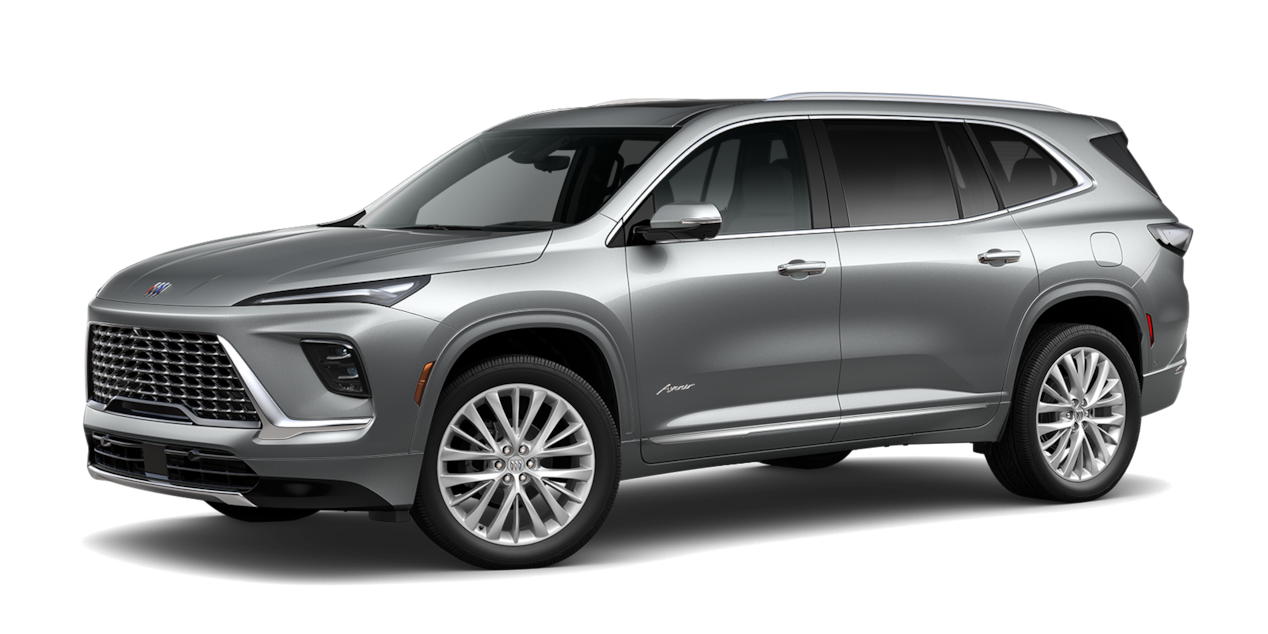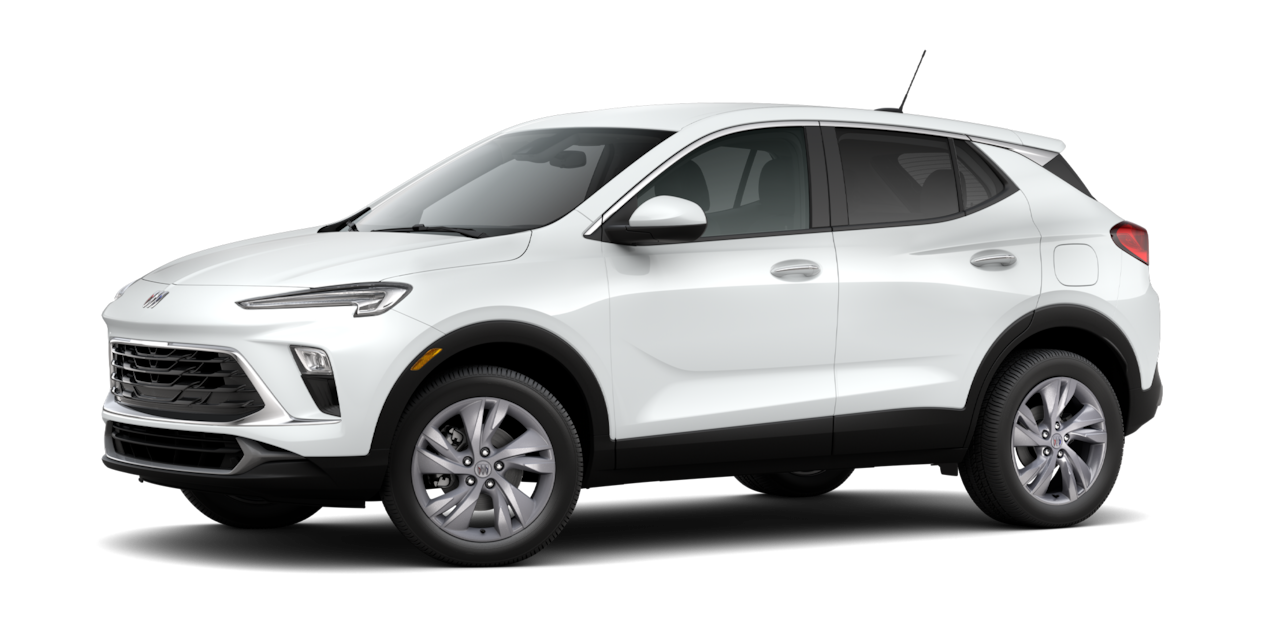About Automatic and Enhanced Automatic Emergency Braking
At speeds between 5 and 50 mph, Automatic Emergency Braking (AEB) can help you avoid or reduce the severity of a collision
On some vehicles that are equipped with advanced forward cameras, at speeds above 5 mph and up to highway speeds, Automatic Emergency Braking can help you avoid or reduce the severity of a collision with a detected vehicle you’re following. Camera technology is used to automatically provide hard emergency braking or enhance the driver’s hard braking.
Note: Some vehicles are equipped with Enhanced Automatic Emergency Braking (EAEB). At speeds above 2 mph, Enhanced Automatic Emergency Braking can help you avoid or reduce the severity of a collision with a detected vehicle you’re following. Radar and camera technology are used to automatically provide hard emergency braking or enhance the driver’s hard braking.
How it works
- Automatic Emergency Braking (AEB) is designed to automatically provide hard emergency braking or enhance your own hard braking.
- When in FORWARD gear, AEB uses a camera to look directly ahead of your vehicle and monitor other vehicles in front of you that you are following. Check your Owner’s Manual for the speed range at which AEB functions on your vehicle.
- When the feature detects another vehicle directly in front of you, a green icon that looks like a vehicle will pop up in your Driver Information Center (DIC).
- This icon may also display in your Head-Up Display if your vehicle has that available feature.
- If you don’t respond fast enough or if a situation happens suddenly, AEB may automatically apply hard emergency braking or enhance your hard braking.
- You can override the system at any time by pressing the accelerator if it is safe to do so.
- If the system slows your vehicle to a complete stop, you can release the brakes with the ELECTRIC PARKING BRAKE switch (if your vehicle is equipped with the Electric Parking Brake) or by firmly pressing the accelerator pedal when it’s safe to do so.
What happens during Automatic Braking
- If the system detects that you are seconds away from a possible front-end collision with the vehicle you’re following, you’ll get a Collision Alert that includes a flashing red windshield light. You’ll also hear several beeps.
- If your vehicle is equipped with a Safety Alert Seat, you may experience pulses on both sides of your seat depending on your Alert Type menu option.
- If you don’t respond quickly or if a situation happens suddenly, Automatic Emergency Braking is designed to automatically apply hard emergency braking or enhance your hard braking.
- You can override the system at any time by pressing the accelerator if it is safe to do so.
What to do after Automatic Braking
- If the system slows your vehicle to a complete stop, you can release the brakes with the Electric Parking Brake switch (if your vehicle is equipped with the Electric Parking Brake) or by firmly pressing the accelerator pedal when it’s safe to do so.
Turning Automatic Emergency Braking off
- You can turn the Automatic Emergency Braking feature off through the Settings menu of your display screen.
- If you adjust your Automatic Emergency Braking settings to “Off” or “Alert,” you may see a yellow icon in your vehicle gauge display as well as a message indicating that automatic braking has been turned off, depending on your vehicle.
- You may also see this yellow icon if the windshield in front of the Automatic Emergency Braking camera is obscured, or if the camera lens is dirty.
- If you see this icon when automatic braking is turned on in your Settings menu, use windshield washer fluid to clear the windshield in front of the feature’s camera (behind the inside rearview mirror). If the yellow icon persists, check your vehicle Owner’s Manual for more information on the location of the camera and how to clean the area in front of it.
For your security, please don’t include personal info such as phone number, address or credit card details.
Q&As
Looking for something else?
To find out if your vehicle has this feature, contact your dealer or refer to your vehicle’s equipment list. Please check your Owner’s Manual for more information about features.


